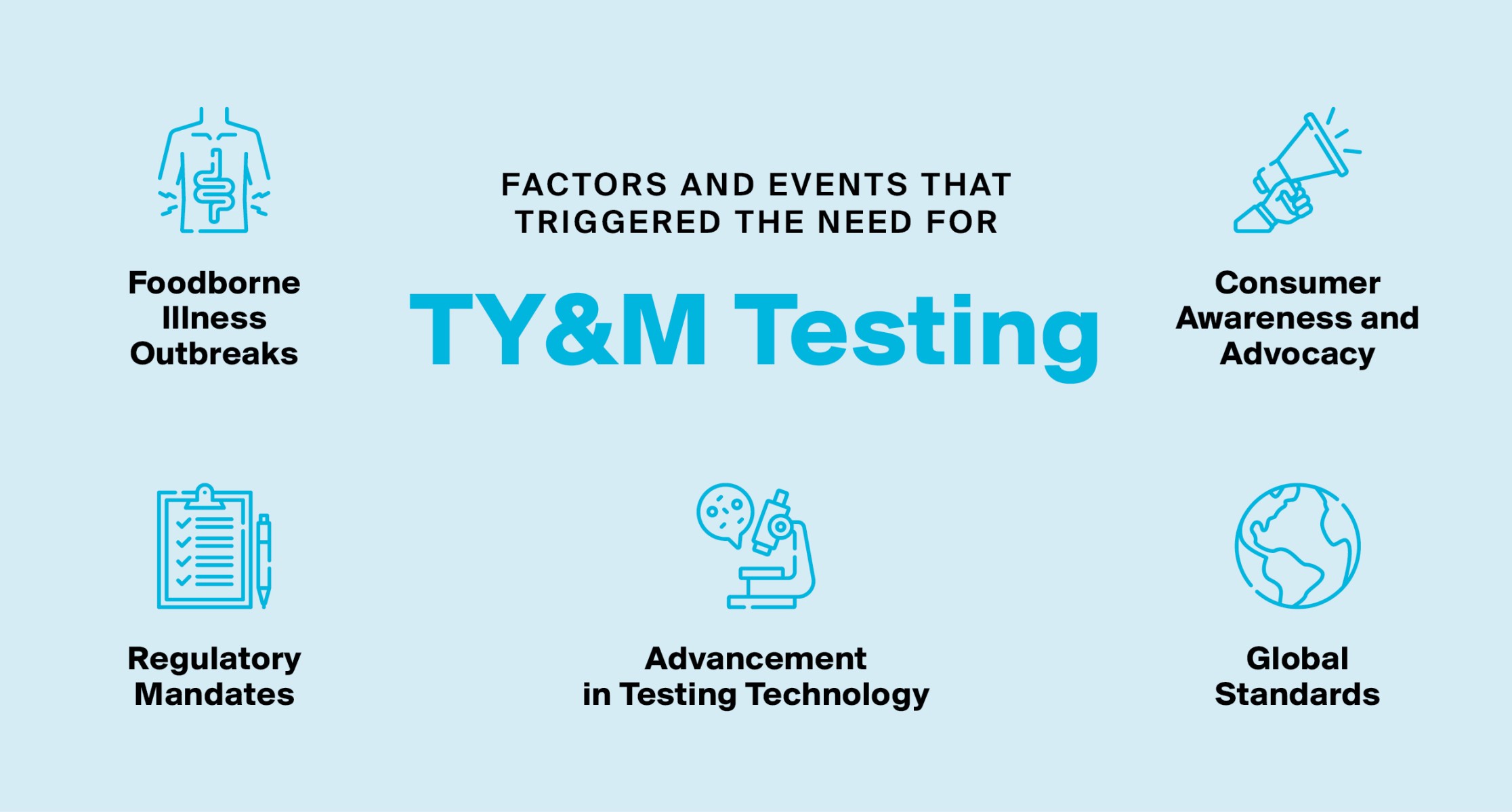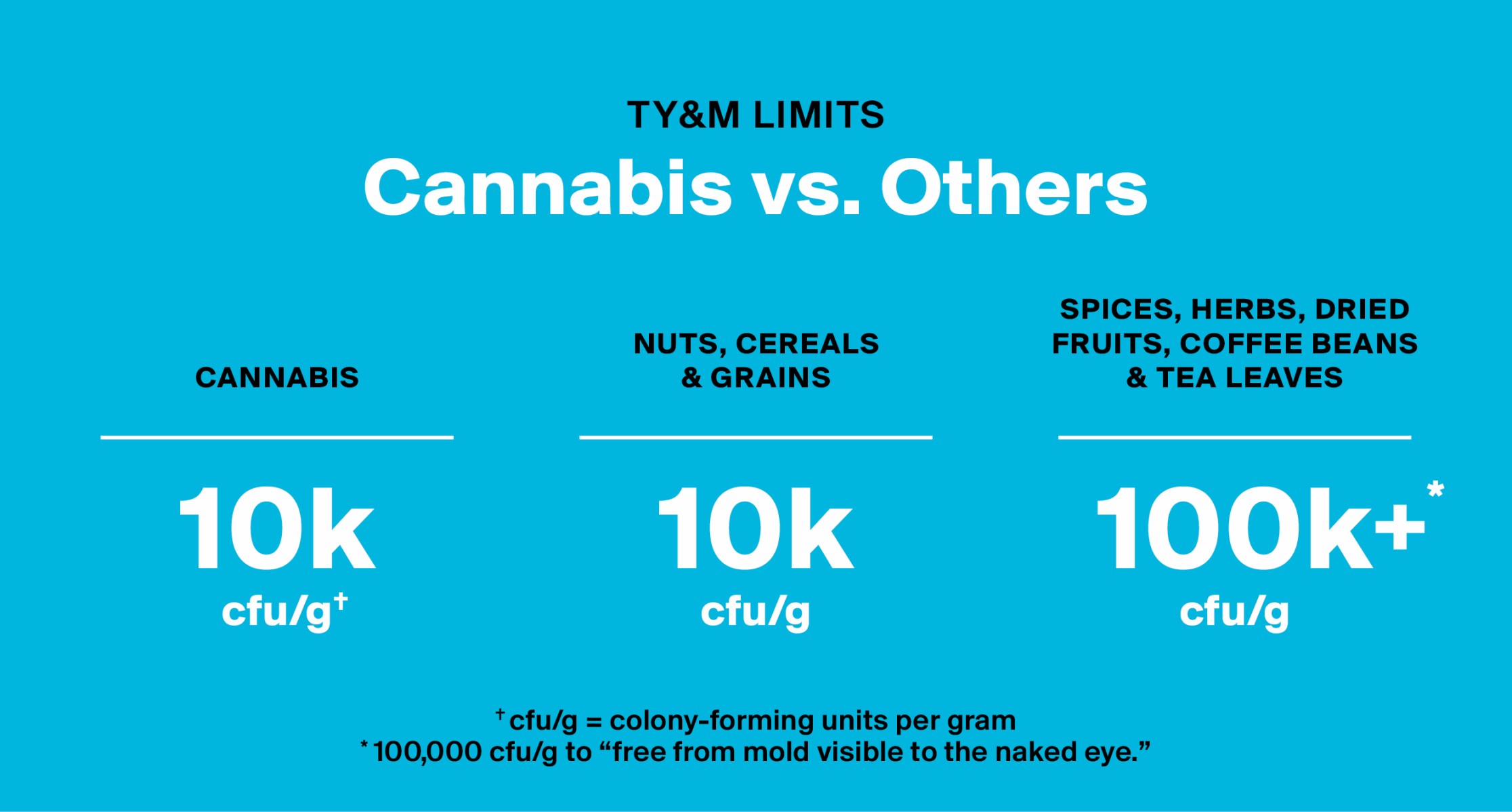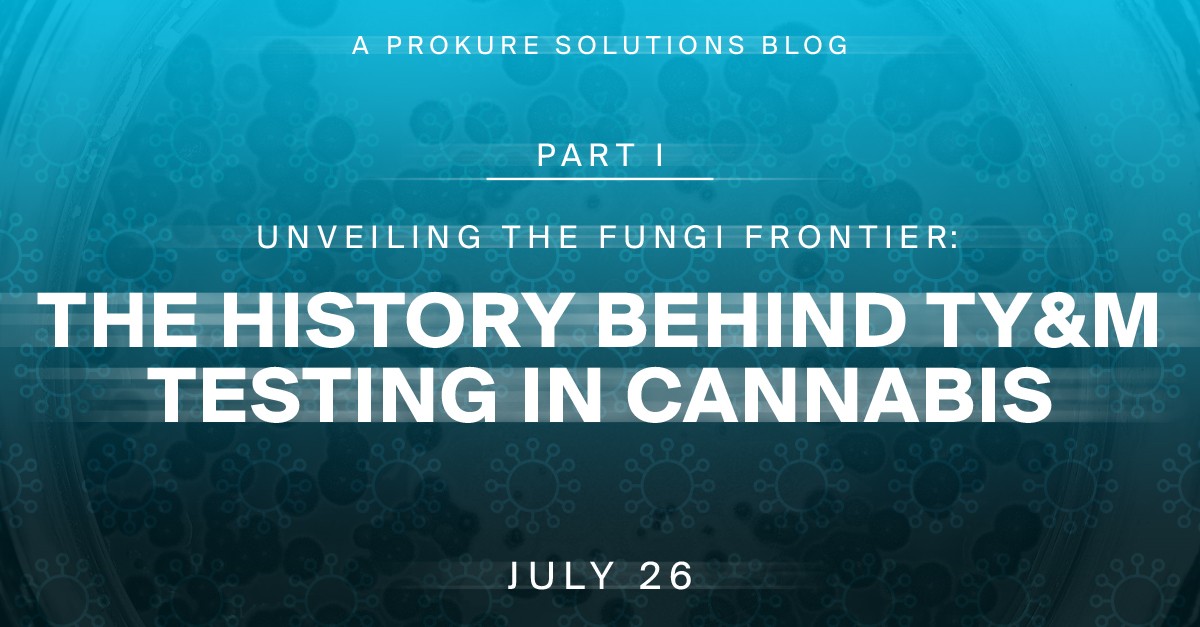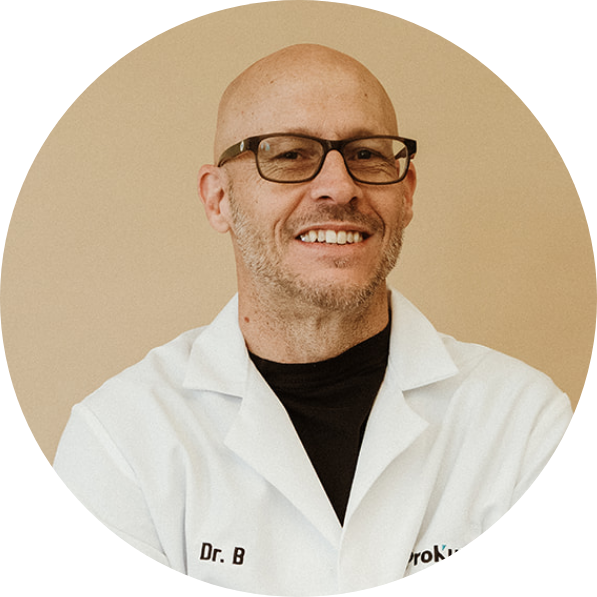Whether or not you realize it, Total Yeast and Mold (TY&M) testing has been the gold standard for consumable products long before it was adopted into modern, indoor agriculture and cannabis cultivation as a safety measure. It has served as a critical indicator for decades in the way we keep our food safe – including contamination prevention, ensuring regulatory compliance, and maintaining high-quality standards across everything we eat. And if public safety is something the industry cares about, looking to TY&M as a solution seems like a virtual no-brainer.
Today, TY&M not only continues to play a critical role in protecting the food we eat and the way we produce it, but also in the way we grow and consume cannabis. Mark Twain once said that, “history doesn’t repeat itself, but it often rhymes” – meaning that while details, circumstances, settings, and names change, similar events (the good and the bad) will essentially repeat themselves if we’re not learning from our mistakes. Cannabis cultivators can learn a lot from the history around food safety standards and practices, which is why we’ve decided to shine a spotlight on the history and lessons learned around safety testing and practices in our new series, “Unveiling the Fungi Frontier.”
Not Your Grandma’s History Lesson
The TY&M test has a rich history rooted in the need for food safety and quality assurance. It originated in the U.S.A. in 1970 as a response to the challenges posed by microbial contamination in food products, and has since become a standard method globally.
The need for TY&M testing was triggered by several factors and events that highlighted the importance of food safety and quality assurance including:
- Foodborne Illness Outbreaks: Instances where foodborne illnesses were linked to mold or yeast contamination underscored the need for rigorous testing to prevent public health risks.
- Consumer Awareness and Advocacy: Increasing consumer awareness about food safety issues and demands for higher standards in food production prompted regulatory agencies to implement more stringent testing protocols.
- Regulatory Mandates: As part of broader efforts to ensure food safety, regulatory bodies such as the FDA (Food and Drug Administration) and USDA (United States Department of Agriculture) established guidelines that included testing for yeast and mold to protect public health.
- Global Standards: Aligning with international standards and best practices in food safety also influenced the adoption of yeast and mold testing to meet export requirements and ensure competitiveness in the global market.
- Advancements in Testing Technology: Improvements in testing methods and technologies made it feasible to detect yeast and mold contaminants more accurately and efficiently, driving the adoption of such testing in the food industry.
These factors cemented the supremacy of total yeast and mold testing as the go-to method for ensuring consumer health and protecting food quality.

So What Does This Mean for Cannabis?
To put it simply, it means TY&M regulations have changed the way that cannabis is grown, processed, and packaged.
We know that yeasts and molds can spoil food, produce toxins (mycotoxins), and contribute to foodborne illnesses. Monitoring their levels helps prevent food spoilage and ensures products are safe for consumption, we can extrapolate that the same holds true for the production of cannabis products and the utilization of cultivation practices and protocols.
Cannabis is no different, TY&M limits have implications on what cultivation practices are used. What’s not as commonly known outside the cultivation community is that cannabis products also have the potential to be contaminated with mycotoxins, which are metabolites of particular strains of mold.
The truth is, cannabis lives in a gray area with federal law, diminishing the industry’s ability to collaborate and determine what the best limits might be. Instead, the industry looked to what has been working for other products. Let me give you an example: most states have a TY&M limit of 10,000 colony-forming units per gram (cfu/g) for cannabis, which is is similar to the TY&M limit (10,000 cfu/g) for nuts and cereals/grains. However, spices and herbs, dried fruits, coffee beans, and tea leaves all have higher maximum limits, ranging from 100,000 cfu/g to “free from mold visible to the naked eye.”

The TL;DR of TY&M
So what does this all mean? TY&M limits are a threshold value that qualifies the safety of the product. Meaning if the limit is surpassed, then the risk of unsafe products becomes significant enough to prevent the sale of those products in order to keep consumers safe.
The tricky thing to keep in mind is that cannabis can be much more susceptible to yeasts and molds, despite similar TY&M limits. Most herbs and spices are much more durable compared to cannabis in terms of the processing and packaging. It’s challenging to dry and cure cannabis while trying to prevent microbial growth and keep all the premium quality attributes of the plant.
Across the globe, merchants, manufacturers and retailers unite under regulations that help serve their communities the safest, and highest quality products using the least invasive methods. Cannabis cultivators are no different, and need to wisely adopt measures that have a proven record of ensuring compliance. TY&M limits have been helping the cannabis industry mitigate the risks of foodborne illnesses and infections, and is incredibly important in ensuring that the cannabis industry includes consumer health and safety as the moral compass guiding profit by volume, quality, and safety.
Stay tuned for our next post in our “Unveiling the Fungi Frontier,” that will focus on the cause, effect, and prevention of Aspergillosis and Mycotoxicosis.

